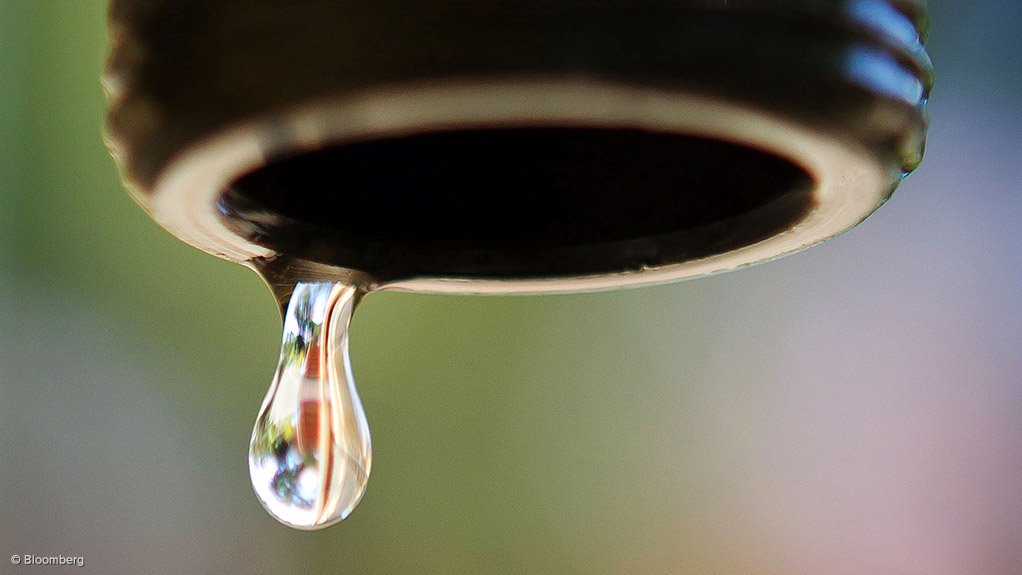Johannesburg's fragile water supply - constantly beset by outages, leaks and maintenance issues - is stable despite the recent heatwave.
The infrastructure has, since August, suffered due to mass water outages, usually in dense high-lying areas in the inner city. In what is becoming a perennial problem, water issues tend to occur in summer because of increased consumption.
Johannesburg Water is the city's water entity, which buys bulk, purified water from Rand Water and reticulates the resource to homes and businesses.
Both entities have said that high consumption was the reason for the outages. This was not well received by residents, who asked how they could use too much water if the taps were dry, and experts, who said the entities should have calculated how much water was needed and built the infrastructure to cater to the growing population.
The infrastructure to supply more water to residents is in the works but will take years to complete and yield results.
The reticulation relies on pumps and gravity for water pressure. When water reserves run low, high-lying areas, like the Johannesburg CBD and taller buildings, suffer first.
In September, after some residents went without water for weeks. Water and Sanitation Minister Senzo Mchunu stepped in and called on Rand Water to implement water shifting.
Water shifting entails sharing water between reservoirs to ensure reservoirs that have high water levels top up reservoirs that have low water levels. This happens at the bulk water levels and has helped improve water levels in the critical systems.
On Thursday, Johannesburg Water's networks manager, Logan Munsamy, said all of the critical water systems in the city were stabilising and showing improvement. He said the critical systems were receiving normal flow from Rand Water.
But, despite the good news, Munsamy said, the risk during heatwaves remains.
"We have measures in place, and we're monitoring [the water supply] intensely. We've partnered with Rand Water to support us – but we are mindful that the system is dynamic. We have the ability to detect [and correct critical systems], but things can change at short notice. Everyone has a role in keeping the system [in supply]," he said.
At this stage, no systems show signs of weakness, but things could change, he said.
He also warned that the system would take long to recover if the water levels dipped.
The City is still throttling water in critical reservoirs to help build the water levels.
Rand Water releases a weekly report on the water usage in the three metros in Gauteng. On Monday, the city used 1 647-million litres of water, an improvement from the 1 694-million litres used on 13 November.
Despite this, the City has an agreement with the bulk water supplier to use 1 045-million litres daily. This is a 30% reduction from last year's 1 493-million-litre target. So the city uses less but is way above the agreed-upon consumption level.
This agreement is based on the City's calculation of the water needed to supply residents and businesses.
The consumption includes 46.1% of water, which the City purchases but is not reimbursed for by residents and businesses. This includes 24.1% of the water, which is lost through leaks.
Meanwhile, the South African Weather Service warned that the extreme heat in Gauteng would continue until Friday.
EMAIL THIS ARTICLE SAVE THIS ARTICLE
To subscribe email subscriptions@creamermedia.co.za or click here
To advertise email advertising@creamermedia.co.za or click here











